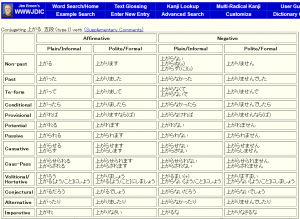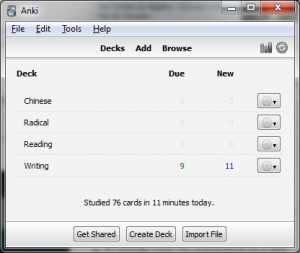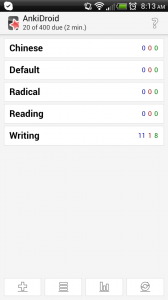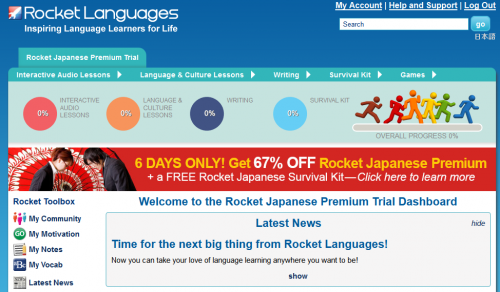Ok, the last book Tuttle Publishing sent me for review is Essential Japanese Grammar: A Comprehensive Guide to Contemporary Usage so let’s dig into it.
Introduction
According to the book’s Preface, this book is “intended to be a thorough grammar reference and self-study guide for language learners who wish to study Japanese seriously or refresh their understanding of the language”. It’s split into two major parts, the first being an overview of Japanese grammar while the second goes into a more detailed look into the usage of particular words.
Part one
The first part goes over various aspects of Japanese grammar. For example, it goes over Accents, then goes over Adjectival Nouns, followed by Adjectives, and so on and so forth. The information is pretty solid though it does tend to use a lot of grammar terminology such as “Sentence-conjunctional words”. It has lots of example sentences and is generally understandable once you wade through the linguistics jargon. I especially like that they cover accents and accurately describe word order. Many books about Japanese incorrectly describe Japanese sentence order as SOV. This book doesn’t fall into that trap and gives a good explanation.
In general, the information in this book is detailed and doesn’t try to “baby you” like other books do by using only romaji and ignoring the dictionary form. My only complaint about this section is that it’s organized like a dictionary, not an overview. The topics are arranged in alphabetical order and feels disjointed if you read it from beginning to end. For example, it covers “Honorofics” before “Verbs” only because well “h” comes before “v” but it certainly isn’t the order you want to learn them! Really, you should look at the table of contents first and choose a topic that interests you instead of reading it in order.
Part two
Part two is simply a dictionary of various grammatical phrases such as 「らしい」 or 「つもりだ」. Honestly, the two parts do not mesh together AT ALL. For example, the first part has a completely unhelpful two-page section on “Requests” that says here are some ways to make requests with some examples. It doesn’t have any explanation on when to use 「くれる」、「もらう」、 and 「あげる」. Then the second section starts by describing 「あげる」 (because it starts with an “a”) and has a note “(→ See kureru and morau.)” Essentially, the topic of requests is completely broken up into 4 sections scattered throughout the book.
Yet another example is the section on “Comparisons” in part one with notes to see 「方」 and 「どちら」 in part two. In general, this book is filled with these “(→ See XYZ)” notes which force you to flip around the book to even learn about a single topic.
Conclusion
Overall, the actual information in this book is very thorough and informative. Unlike the other two books Tuttle sent me for review, this book isn’t made up of mostly filler material as each page has lots of information and examples. However, I find that this book has a kind of identity crisis. The grammar topics are covered in alphabetical order and overlapping topics are split between parts one and two. In my opinion, this book should have either stuck with being a grammar reference such as “A dictionary of basic Japanese grammar” or focused on comprehensively covering each aspect of Japanese grammar.
What purpose does this book serve? I think if you are already using something else to learn Japanese and you want to learn a bit more information about a certain topic, you can’t go wrong with this book. If you can get past the linguistic mumbo-jumbo, the explanations are pretty detailed with plenty of examples. However, you may have to skip around a bit between part one and two. For example, take a look at how the book describes 「なら」.
Nara can directly follow (adjectival) nouns (with particles), but it also follows a clause followed by no or n. (→ See nara for more details.)
The authors are very knowledgeable but I think they took the wrong approach in organizing this book. If you want a detailed and a bit technical reference guide to Japanese grammar, this book is not bad. It’s certainly a great book if you want to learn about grammatical terms such as “Conjunctional particle for clauses”. Perhaps you’re a Japanese linguistics major. In conclusion, I think there’s lots of great information here, it just needs to be organized better. The preface claims it’s a “thorough grammar reference and self-study guide”. It might be a grammar reference but it’s definitely NOT a self-study guide and I think it hurts the reference part by trying to be both.




